Date: 31 Jul 2024
What is soil?
Soil is a mixture of minerals, organic matter, water and air that supports plant growth. It is a vital resource that plays a critical role in agriculture, forestry and other agricultural industries. There are many different types of soil, each with its own unique characteristics and properties. Some of the key factors that influence soil type include the local climate, the type of rock from which the soil is formed, and the amount of organic matter in it.
Soil has several important functions, including:
- Providing plants with the necessary nutrients for growth and development.
- Retaining water and giving plants access to it.
- Providing a place to anchor the roots and support the plant.
- Acting as a filter for water, helping to purify it as it passes through the soil.
- Providing a home for a diverse community of microorganisms including bacteria, fungi and insects that play important roles in the ecosystem.
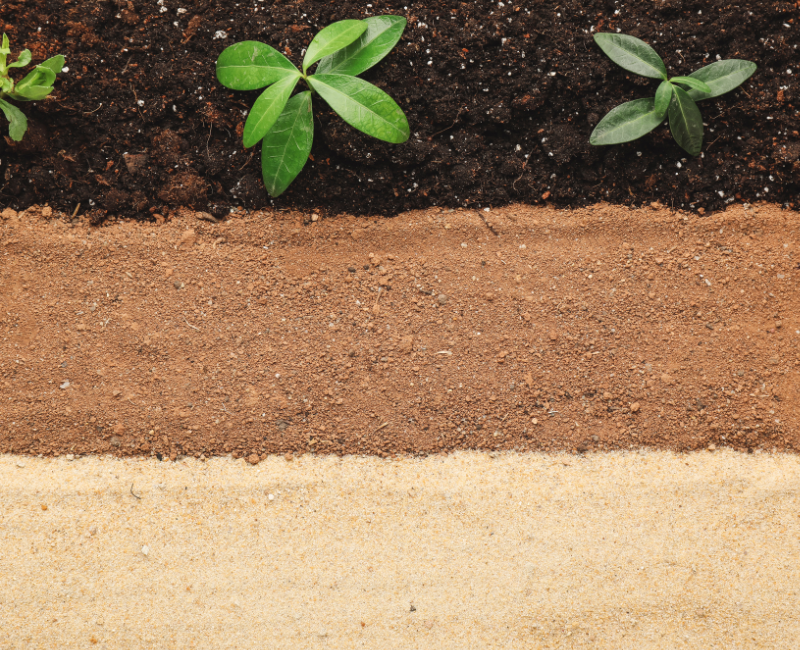
Different types of soils and substrates (soil additives)
The substrate is the material that is used as a base for the plants. In the context of horticulture or aquaculture, substrate is the material that provides a surface for plant growth. There are many different types of substrates that can be used for plants, and the choice of substrate depends on the specific needs of the plant. Some common types of substrates include:
- Soil: Soil provides plants with the nutrients and water they need.
- Sand: Sand is a dry, granular substrate that is often used for plants that prefer well-drained soil, such as succulents and cacti.
- Gravel: Gravel is a hard, porous substrate that is often used for plants that require good drainage, such as orchids.
Types of soils and substrates, composition and properties
-
All Mix: The most used soil for growing crops in a controlled environment. Heavily pre-nourished soil mix. Main Ingredients: Peat Moss, Worm, Perlite, Mycorrhiza, Pre-Mix. All-Mix creates an optimal environment for your plants to thrive all year round. This highly pre-nourished soil mix has a self-regulating system that helps regulate soil pH and plant nutrition.
-
Light Mix: Organic substrate ideal for ensuring the growth of seedlings, young plants and cuttings. Blended to ensure optimal drainage throughout - an essential property if you use automatic irrigation systems.
-
Pre-Mix: Organic dry fertilizer. It is a mixture of various organic ingredients and is resistant to fungal diseases. Pre-Mix combines the qualities of various organic fertilizers, trace elements and fungi – all in the right amounts.
-
Worm Humus: BioBizz Worm Humus is an organic soil improver. Also known as "Vermicast", it is the end product of the decomposed material released by the earthworm. This high quality organic compost is made from 100% pure worms, rigorously laboratory tested to ensure they do not contain any agricultural waste or compost. Worm-Humus is ideal for refreshing All-Mix, for adding to already used soil mixtures or for preparing subsoils.
-
Bio Terra Plus: BIOCANNA's Bio Terra Plus is made from 100% natural materials and can be used for organic plant cultivation. It is composed of different categories of peat, bark and coir. The use of perlite is no longer necessary to produce an oxygen-rich, well-drained soil mix.
-
Terra Professional: CANNA Terra Professional is a soil mixture rich in nitrogen. It contains a combination of improved dark peat, peat moss granules and perlite. Exclusive, high-quality organic ingredients, such as loose peat moss, which do not contain disease-causing organisms.
-
Coco Mix: BioBizz Coco Mix is made from 100% organic coconut fiber. It works as a substitute for mineral wool for growing all types of hydroponic crops. To become this substrate, coir is first decomposed over a period of time to soften the strong fibers. Then it is washed with clean water, dried and shredded to make it light and airy.
-
Vermiculite: Vermiculite is a natural soft and porous material obtained by expanding mica. It has a high cation exchange - this helps the gradual release of nutrients such as potassium, calcium, magnesium, iron, silicon and other trace elements. Holds up to 4 times more water and at the same time protects the roots from rotting.
-
Perlite: Agroperlite is an expanded perlite that finds application in horticulture. It is added to clay soil to reduce the risk of rotting, and to sandy soil to help retain moisture. It facilitates the uniform distribution of fertilizers to the roots, and its neutral pH copes with excess acidity in the soil. Perlite "loves" air, and vermiculite - water.
-
Expanded clay: The advantages of expanded clay lie in its porous structure. This makes percolation of nutrients, oxygen, water and fertilizer easy for every component of the plant. The porous structure provides optimal conditions for plant growth: it improves the structure of the soil, protects the roots from drying out in hot weather and mold during humid days, reduces the risk of plant diseases and the appearance of pests.

How do we know which soil is suitable for our plants?
There are several key factors to consider when choosing the right soil for your plants:
- Nutrient Content: Different plants have different nutrient needs and it is important to choose a soil that meets the specific needs of your plants. For example, some plants may require higher levels of nitrogen, while others may prefer more phosphorus or potassium.
- Soil pH: Soil pH can affect the availability of nutrients to plants. Most plants prefer a soil pH between 6.0 and 7.0, which is a slightly acidic environment. Some plants, such as blueberries, prefer a more acidic soil with a pH below 6.0, while others, such as lilacs, prefer a more alkaline soil with a pH above 7.0.
- Drainage: Proper drainage is important for most plants as it helps prevent waterlogging of the soil, which can lead to root rot. Choose soil with good drainage or use a soil mix that includes ingredients such as perlite or vermiculite to improve drainage.
- Texture: Soil texture can also affect its ability to hold water and nutrients. For example, clay soil usually holds water and nutrients well, but may compact and not drain well. Sandy soils usually drain well, but may not hold water and nutrients as well.
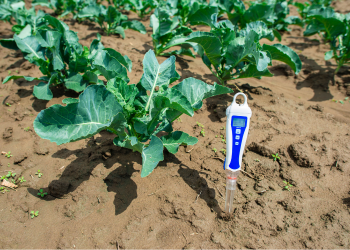
The importance of soil pH
Soil pH refers to its acidity or alkalinity, with a pH of 7 being neutral. Soil pH can have a significant impact on plant nutrient availability and the overall health of the soil ecosystem. Soil pH can be affected by a variety of factors, including the type of rock from which the soil was derived, the type of plants that grow in it, and the presence of certain chemicals or materials, such as fertilizers or lime. Soil pH can be measured using a soil testing kit, which is available at most garden centers.
If the soil pH is outside the optimal range for a plant, it can affect the plant's ability to absorb nutrients and lead to deficiencies or other problems. Adjusting soil pH to the optimum range for a given plant can be done by adding materials such as lime to raise the pH or sulfur to lower the pH.
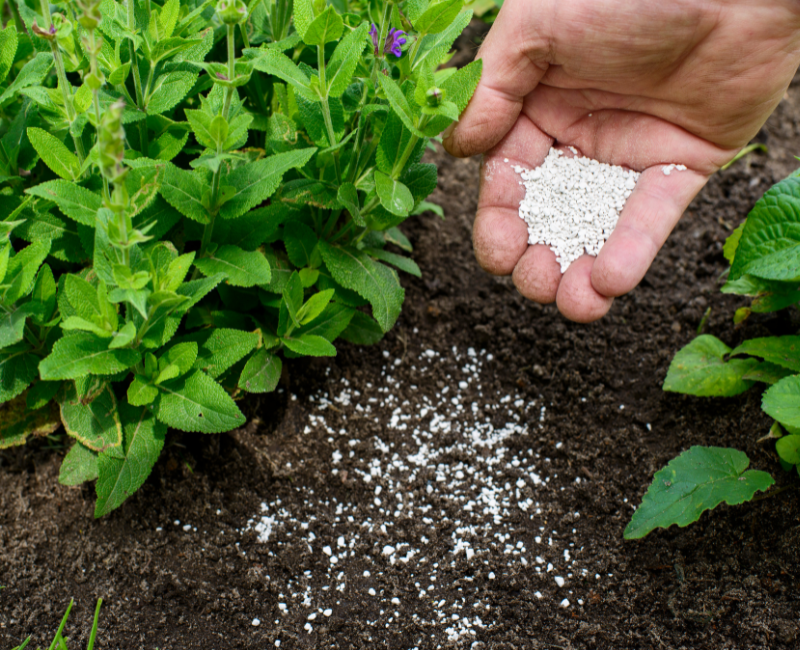
How to improve our soil?
Here are 10 ways to improve your soil:
- Add organic matter: Adding organic matter, such as compost or well-rotted manure, can help improve soil structure by making it easier for plants to take up water and nutrients.
- Use cover crops: Cover crops, such as clover or grasses, can be grown between seasons to help add nutrients to the soil and improve its structure.
- Rotate different crops in one soil: The Crop Rotation method involves growing different types of crops on the same area each season. This can help prevent nutrient depletion and reduce the risk of pests and disease.
- Add mulch: Mulch, such as wood chips or straw, can be added to the surface of the soil to help retain moisture, suppress weeds, and add nutrients to the soil as it decomposes.
- Use Fertilizers: Fertilizers are important to provide your plants with all the elements they need and in the right amounts. In this way, your plant can develop at maximum speed without showing deficiencies.
- Add lime: Lime can be added to soil to help raise the pH and make nutrients more available to plants.
- Use Raised Beds: Raised beds can help improve drainage and allow better control of the soil mix, making it easier to grow a wider range of plants.
- Plant cover crops: Planting cover crops, such as legumes or grasses, can help add nutrients to the soil and improve its structure.
- Use organic pest control methods: Using organic pest control methods, such as natural predators or trap crops, can help reduce the need for chemical pesticides that can be harmful to the soil ecosystem.
Does each substrate contain nutrients?
Not every substrate contains nutrients. Some substrates, such as soil, contain a mixture of minerals, organic matter and other nutrients that are essential for plant growth. Other substrates, such as sand or gravel, may not contain significant amounts of nutrients and must be supplemented with fertilizers and other nutrients to support plant growth.
Conclusion
Soil is essential for the healthy growth of plants, providing them with the nutrients, water and support they need. Understanding the different types of soil and substrates and their characteristics is key to successful plant growing. Proper soil care and the use of sustainable farming practices can help maintain healthy soil and a successful harvest.

 New products
New products 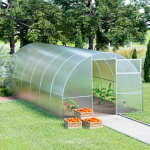
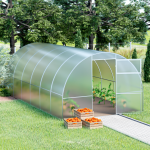
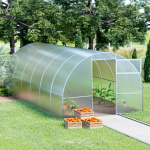
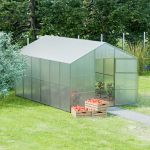
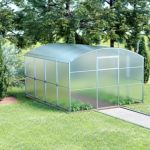






































































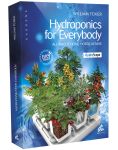

 Presents
Presents






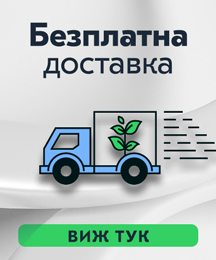
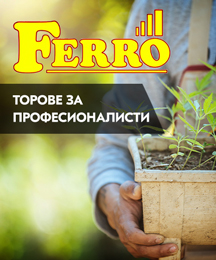
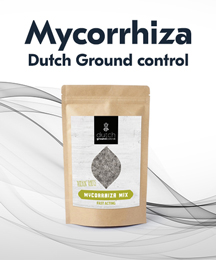
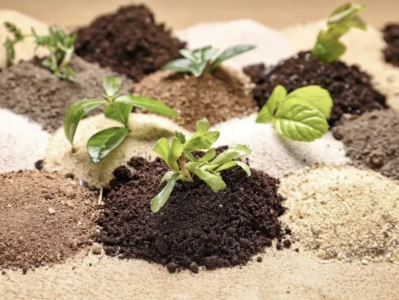



Post comment